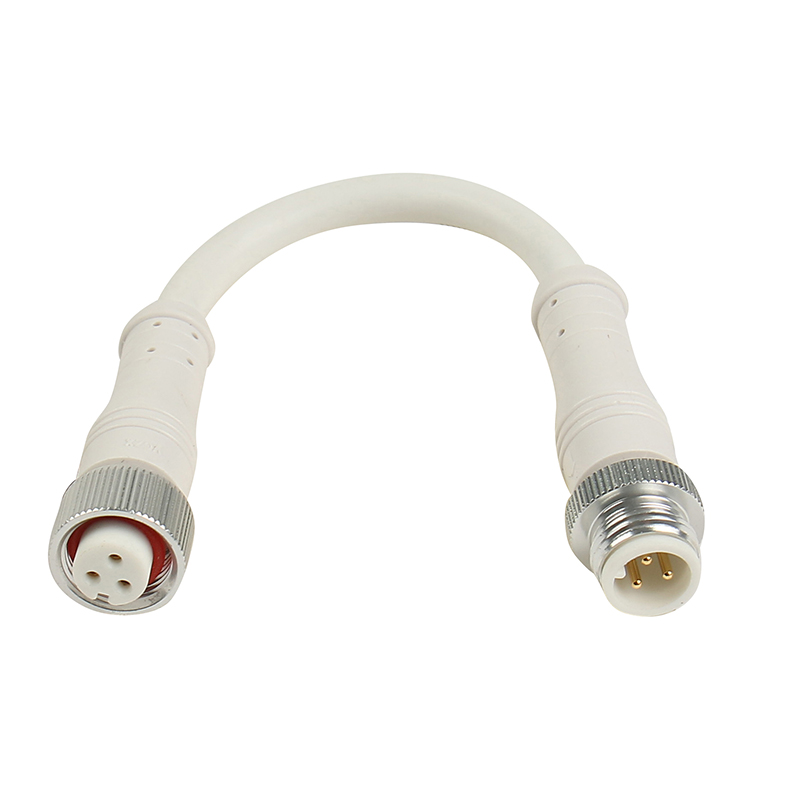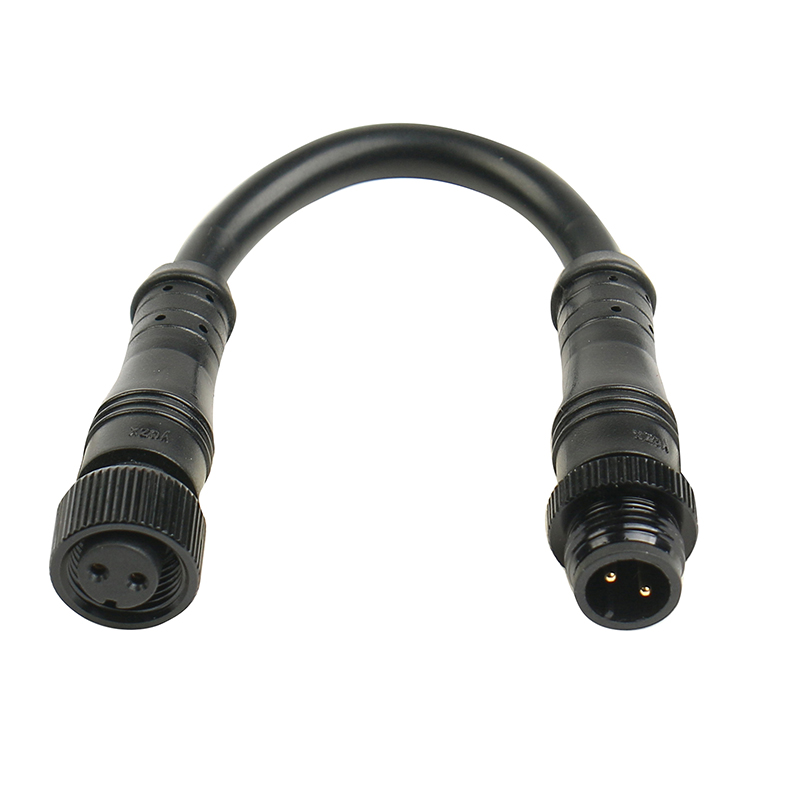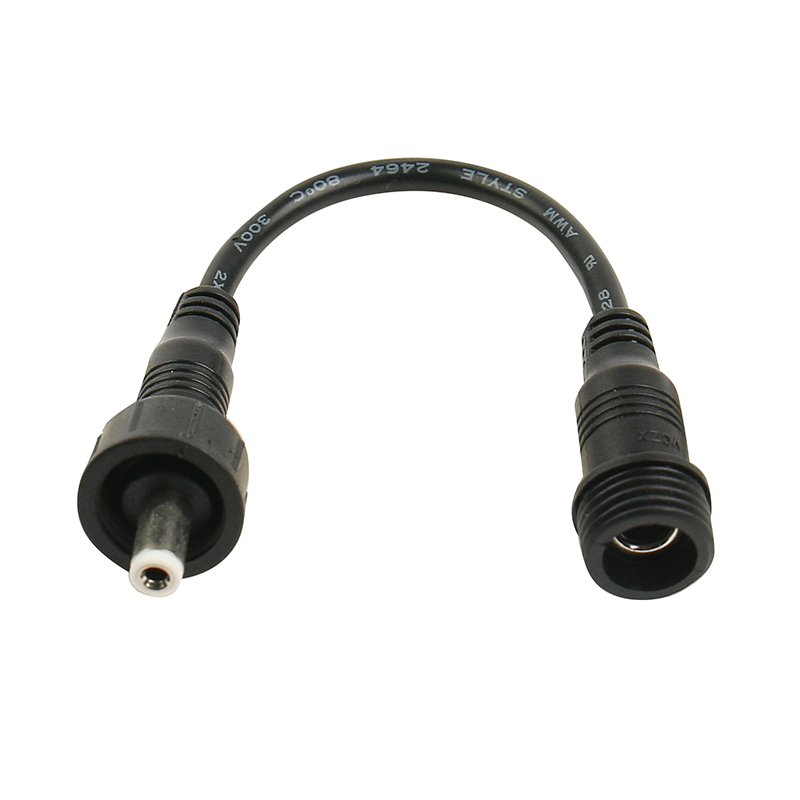News


News

Installation, maintenance methods and recommendations for waterproof soft wire connectors
Release time:2024-11-08
viewed:362
In the field of electrical and electronic equipment, waterproof soft wire connectors play a vital role, especially in humid, water-rich or outdoor environments. They not only ensure the safe operation of the equipment, but also extend the service life of the equipment. The following will introduce the correct installation method of waterproof soft wire connectors, possible faults and solutions during use, and the importance of regular maintenance and inspection.

1. Preparation
Before installing waterproof soft wire connectors, first ensure that the working environment is clean and dry. Use appropriate tools such as screwdrivers, wire strippers and crimping pliers, as well as necessary accessories such as sealing rings, locking nuts, etc. In addition, ensure that the connector model and cable specifications match to avoid installation difficulties or performance degradation caused by size mismatch.
2. Cable preparation
Use wire strippers to strip the outer sheath of the cable to expose the required conductor length. When stripping the wire, make sure not to damage the conductor or the internal insulation layer. Depending on the requirements of the connector, it may be necessary to strip the outer sheath and insulation layer of different lengths.
3. Conductor installation
Insert the conductor into the conductor slot of the connector, making sure that the conductor is arranged correctly without crossing or misalignment. For connectors that need to be crimped, use crimping pliers to firmly crimp the conductor into the crimping area of the connector. Follow the crimping parameters provided by the manufacturer during crimping to ensure the quality of the crimping.
4. Sealing ring installation
The sealing ring is an important part of the waterproof soft wire connector, which is responsible for preventing moisture and humidity from entering the inside of the connector. When installing the sealing ring, make sure that the sealing ring is intact and properly installed in the sealing groove of the connector. For some types of connectors, lubricants may be required to help the sealing ring seal better.
5. Connector assembly
Assemble the cable and connector together, making sure that all parts are installed correctly. For connectors that need to be locked, use a locking nut to secure it firmly to the cable. During the assembly process, avoid using excessive force to avoid damaging the connector or cable.
6. Inspection and testing
After completing the installation, perform a detailed inspection of the connector to ensure that all parts are installed correctly and not loose. In addition, electrical tests are performed to ensure that the connector has good conductivity, and waterproof tests are performed to verify its waterproof performance.
Precautions
During the installation process, avoid using sharp tools or nails to avoid scratching the connector surface or damaging internal parts.
Follow the installation guidelines and specifications provided by the manufacturer to ensure the correctness and reliability of the installation.
During the installation process, pay special attention to the installation position and direction of the waterproof seal to ensure its waterproof performance.
For installation steps that require special tools or skills, professional help should be sought.

1. Water seepage or leakage
Water seepage or leakage is one of the most common faults of waterproof soft wire connectors. This is usually caused by aging, damage or improper installation of the seal. The solution is to replace the damaged seal and ensure that it is installed correctly. In addition, check whether the sealing groove of the connector and the outer sheath of the cable are scratched or damaged, and repair or replace them if necessary.
2. Poor conductor contact
Poor conductor contact will cause the conductivity of the connector to decrease, and even cause short circuit or open circuit faults. This is usually caused by poor conductor crimping, loose or damaged internal parts of the connector. The solution is to re-crimp the conductor to ensure the quality of crimping; check and tighten the parts inside the connector; damaged parts should be replaced in time.
3. Cable breakage
Cable breakage is usually caused by external force, cable aging or improper installation. The solution is to replace the broken cable and ensure that the new cable matches the specifications of the connector. When installing a new cable, follow the installation guide provided by the manufacturer to ensure the firmness and reliability of the cable.
4. Connector damage
Connector damage may be caused by external force, long-term wear or quality problems. The solution is to replace the damaged connector and ensure that the new connector matches the cable specifications. When replacing the connector, follow the installation guide provided by the manufacturer to ensure the correctness and reliability of the connector.

In order to ensure the long-term and stable operation of waterproof soft wire connectors, regular maintenance and inspection are required. The following are some recommended maintenance steps and inspection points:
1. Regularly check the sealing ring
The sealing ring is a key component of the waterproof soft wire connector, so its integrity and elasticity need to be checked regularly. If the sealing ring is found to be aged, hardened or damaged, it should be replaced in time.
2. Clean the connector surface
Clean the connector surface regularly to remove impurities such as dust, dirt and grease. You can use a soft cloth or sponge, as well as an appropriate detergent for cleaning. Avoid using sharp tools or chemical solvents to avoid scratching the connector surface or damaging internal parts.
3. Check the conductor crimping
Regularly check whether the conductor crimping is firm and whether there are signs of loosening or falling off. If poor crimping or loose conductors are found, the connector should be re-crimped or replaced.
4. Check the cable and connector connection
Regularly check whether the cable and connector connection is firm and whether there are signs of loosening or falling off. If a poor or loose connection is found, it should be firmly fixed to the cable with a locking nut.
5. Waterproof test
Perform waterproof tests regularly to ensure that the waterproof performance of the connector is good. When testing, appropriate test equipment and methods such as immersion test, pressure test, etc. can be used. If the test results show that the connector has water seepage or leakage problems, it should be repaired or replaced in time.
Waterproof soft wire connectors play a vital role in the field of electrical and electronic equipment. In order to ensure its long-term stable operation, correct installation, regular maintenance and inspection are required. By optimizing structural design, improving energy efficiency and promoting technological innovation, we can design and manufacture more efficient and reliable waterproof flexible cable connectors and contribute to sustainable development.